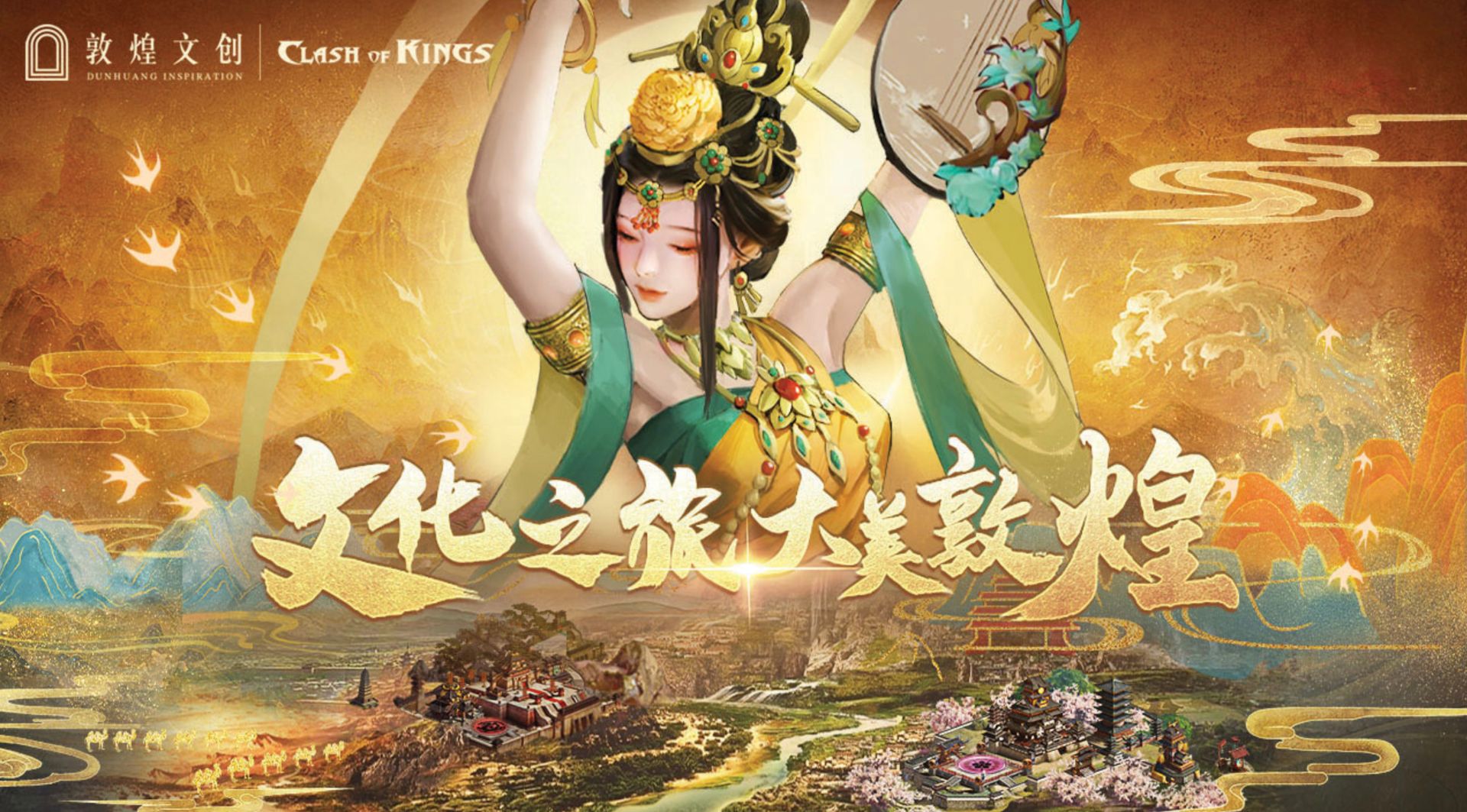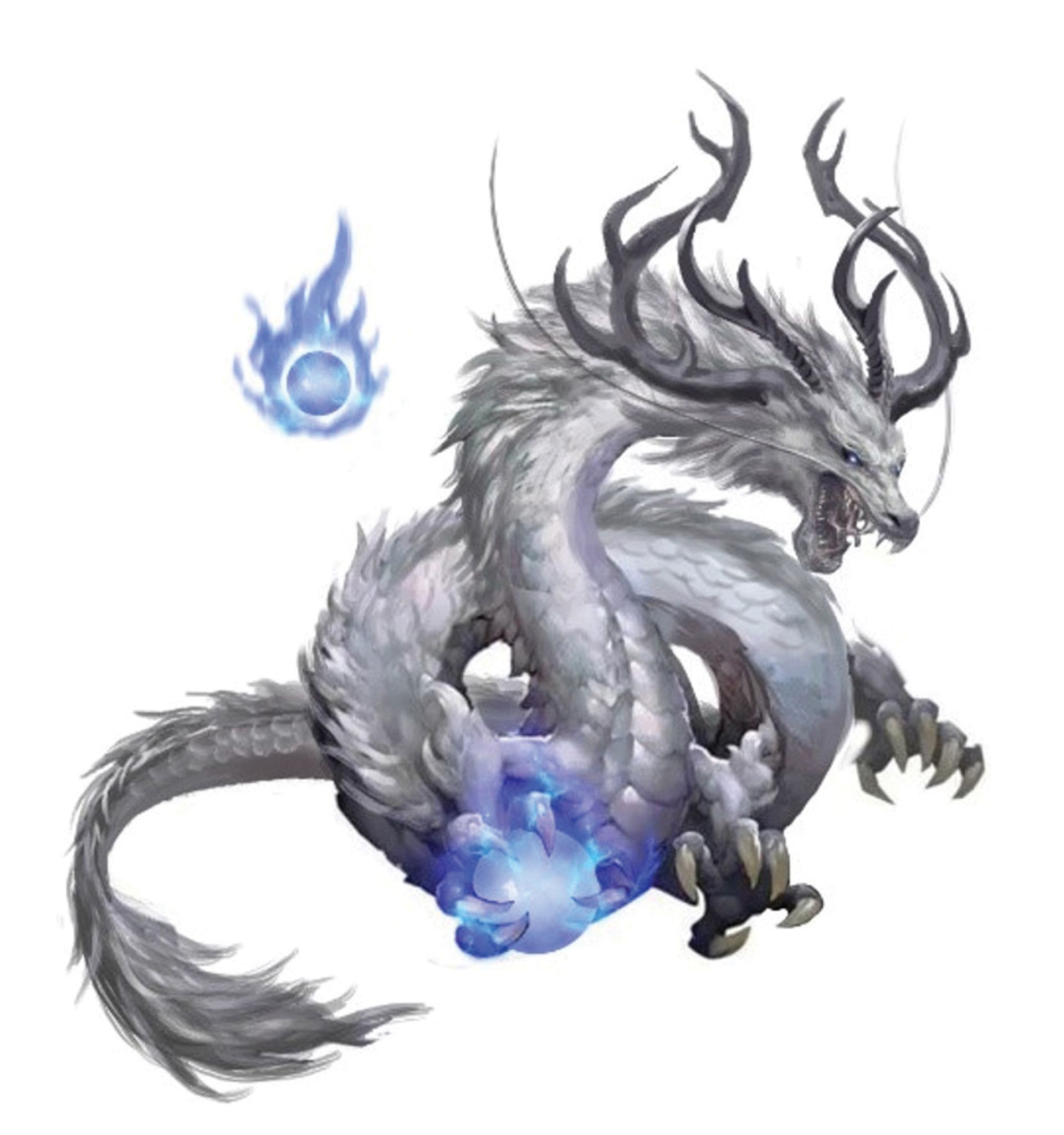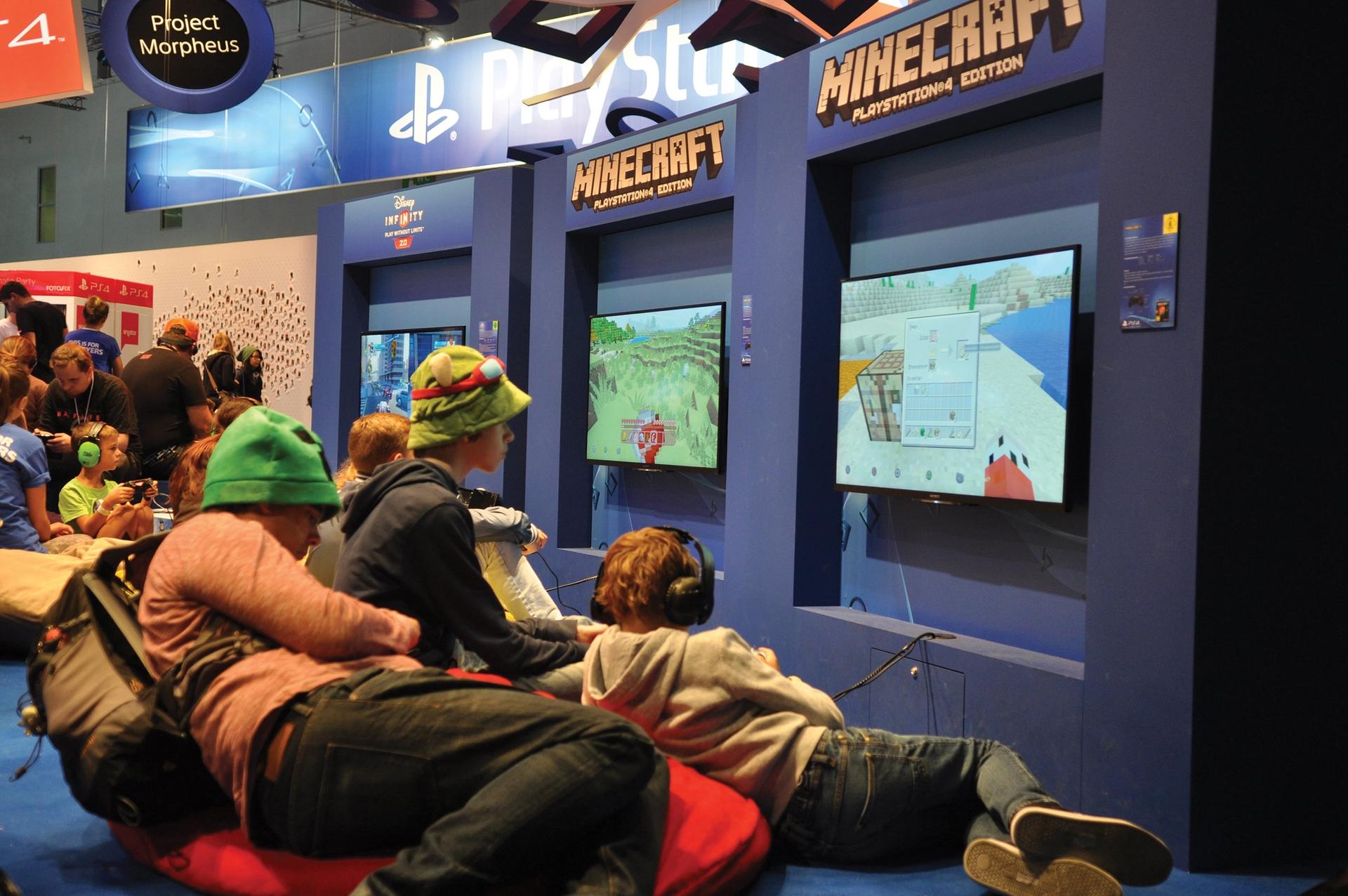Ever since Carmen Sandiego stole her first priceless cultural object in 1985, wherever she is in the world, heritage has played a tantalizing role in video games. This first educational computer game, Where in the world is Carmen Sandiego?was a surprise hit, spawning a whole series of sequels as well as a popular children’s television show (and a a cappella hit song).
However, the way cultural heritage is represented in games has evolved significantly since then. The luxury version of Carmen Sandiego included pixelated photographs of National geographic. The reconstruction of ancient Greece built for Assassin’s Creed Odysseymeanwhile, is so immersive that a non-combat Discovery tour The version was released in 2019, allowing players to wander atop an active and very intact Acropolis. And you don’t even need to murder a single person.
Now, rare items from one of China’s most remote heritage sites will appear in the mobile multiplayer game. Clash of Kings, allowing you to admire the wonders of Dunhuang, a Silk Road town on the edge of the Gobi Desert known for its brilliantly painted murals of Buddhist cave temples, while you wait for your dinner delivery to arrive. In the game, players build an empire and wage war against opposing kingdoms. A new episode, Dunhuang Civilizationwill feature a map of the ancient city for players to explore, as well as famous elements of the murals, like the mythical flying figures known as apsara.

Clash of Kings images inspired by Dunhuang Courtesy of ARTiSTORY
“Players will experience something special, very authentic and close to what we see on the cave walls,” said Han Jing, co-founder and chief executive officer of Artistory, the cultural intellectual property company who negotiated the licensing agreement between Clash of Kings and the Dunhuang Inspiration initiative, managed by the local culture and tourism office.
Players in the caves
From Clash of Kings is played by 300 million people worldwide, the project could also increase awareness of the UNESCO World Heritage site, which is well known in China, but perhaps unfamiliar to Western audiences. “It’s fantastic to be able to introduce Dunhuang to people outside of China to learn more about the site,” says Natasha Dyson, co-founder and director of licensing at Artistory. “And I hope that the stories, images and designs from the rock art will inspire Clash of Kings to expand their audience.

Images from Clash of Kings Courtesy of ARTiSTORY
According to Han, “allowing gamers to experience real history and culture can achieve this like nothing else, and we see other museums and cultural institutions seeking opportunities in the gaming world.” »
Dyson adds that games are part of Artistory’s digital licensing plans for museums, along with digital collectibles, NFTs and augmented reality experiences. However, she recognizes that developing a new video game takes a lot of time. “There’s a lot of research, a lot of work, a lot of design on both sides before we launch.”
This level of engagement might be what makes cultural authenticity so appealing in video games. Ubisoft, the creator of Assassin’s Creed The series, for example, employs a full-time historian, Maxime Durand, who works with a team of archaeologists, researchers and consulting specialists to add historical depth to their games.

Players playing Minecraft © Marco Verch; Minecraft at Gamescom 2014
“Interestingly, because players begin to feel part of this virtual world, they often want to know more about this world, and video game designers respond to this need: they scatter around virtual books that players can collect, which give a brief overview of this world. real events or historical battles… They write in shortened scenes to visualize the historical context of an event, and some games even have elaborate Wikipedia pages about the game world and its historicity,” writes academic Tine Rassalle in an article on “archaeogaming”. “, a popular term for the intersection between archeology and video games, in a recent issue of the journal Archeology of the Near East. “In other words, they completely immerse the player in historical information, but do so in a non-linear form, in which the player can choose what they want to spend time on.”
If there is a clear attraction for actors to experience history through cultural heritage, what do museums, heritage sites or historians gain from collaborating with the companies that make these forms of entertainment? “We can use these games as entry points to talk with students and the general public about archeology and issues related to looting and the black market,” suggests Rassalle, or work with companies to dispel myths around what archaeologists do and how heritage should be used. be processed in the real world. The truth is that a whip and a fedora aren’t really of much use in the field.
Some researchers even use gaming technology to help them in their studies of the ancient world. David Hixson, an anthropologist at Hood College in Maryland, for example, turned to Epic Games’ Unreal Engine software to build a three-dimensional reconstruction of the ancient Mayan city of Chunchucmil. For Hixson, one of the main benefits of working with the Unreal platform was its online connectivity, “meaning that two (or even 32) people, miles apart, could load the Chunchucmil map at the same time and see each other. meet there to take photos. a walking tour together,” he wrote in an article about the project. “This makes it an ideal platform for interactive learning.”


